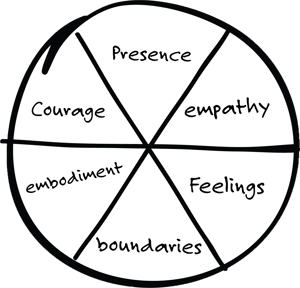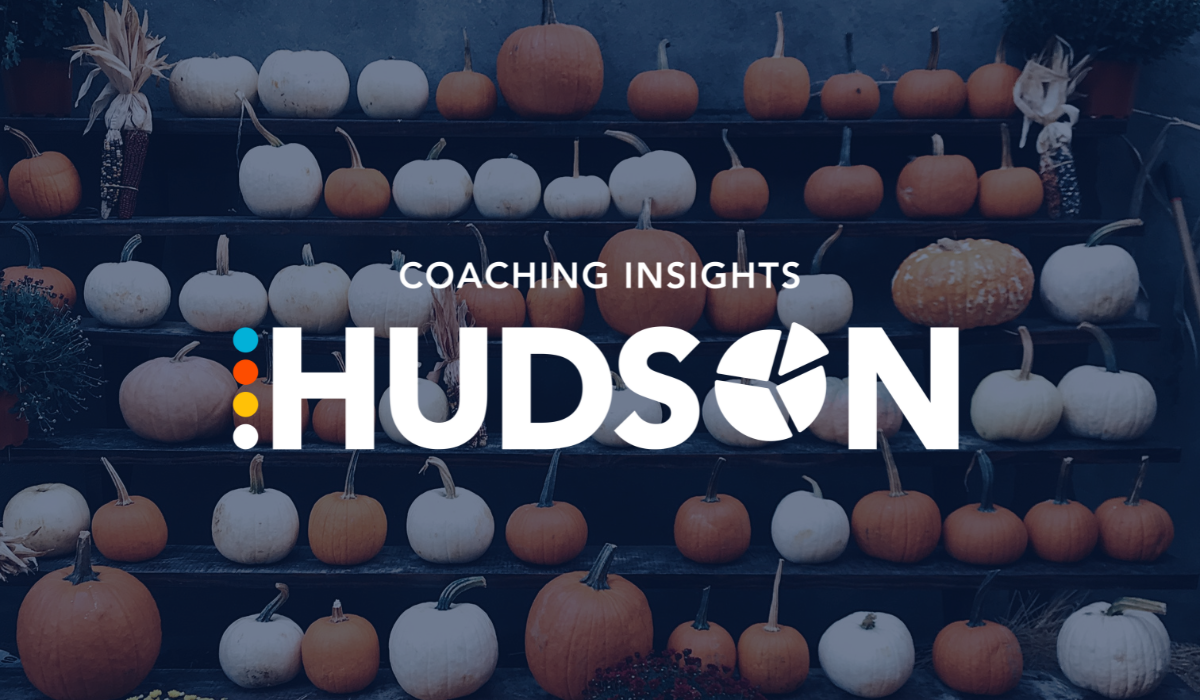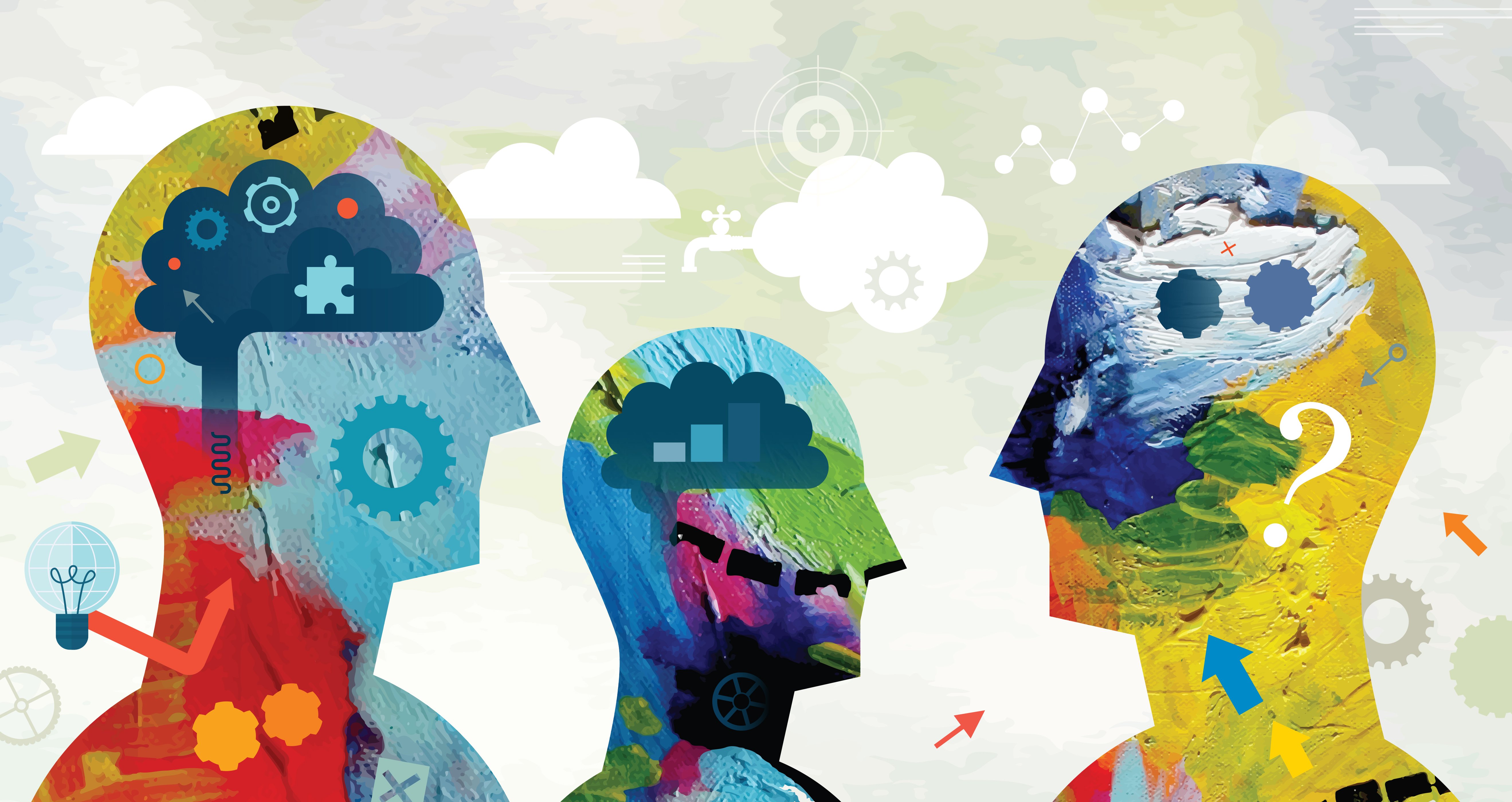
It’s putting it mildly to say these are extraordinary times. With the COVID-19 pandemic upending nearly every aspect of normalcy, staying focused has never been more challenging. As leaders, people are looking to us for guidance, assurance, a steady hand, and an example to follow. But that doesn’t mean we’re exempt from the pressures that everyone is experiencing right now.
Rapid change and complexity have been the name of the game for a number of years now, but this crisis has raised the stakes. The economic consequences are already hitting many industries, and the fallout will continue over the next weeks and months. In the meantime, leaders are juggling strategic decisions and pivots, employee and client concerns, and, in many cases, the technical and interpersonal challenges of new ways of working as remote work becomes the norm.
You wrapped up last year with your best laid plans ready to execute. Now, a new reality is unfolding, and along with it, many new questions and unknowns. As you struggle to balance the personal, professional, and business challenges you’re facing, you may be wondering, how can I possibly lead effectively during a time like this? And how can I stay focused, for the sake of my team, my family, and myself?
Now more than ever, you need to make the very best use of your “self” — your internal landscape — because it remains your most important resource. Our advice: Slow down, take a step back, and pay attention to the inner gifts you have that will help you focus on what you can control in the midst of all this chaos.
Your Self as Coach
The Self as Coach Model is an exceptionally useful tool for these exceptional times. In this model, there is no arrival point and there is no perfection. Instead, it’s a way of helping us feel appreciative for where we find ourselves while also leaning into new layers to deepen our own capacity.
The model is comprised of six dimensions, each of which appears as distinct, but we all use various dimensions to different degrees and in overlapping ways depending on the circumstances:
- Presence

- Empathy
- Range of Feelings
- Boundaries and Systems
- Embodiment
- Courage
The goal with this model is to understand your inner landscape and all the gifts and challenges inherent within your particular self. By adopting a few specific practices, you can then call forth the best, meet the challenges, and, above all, balance your strengths and weaknesses in a way that makes you a balanced presence for others and builds your capacity to deal with the widest possible range of challenges.
Let’s take a closer look at how you can get the most from each of these dimensions.
Presence
We’ve all had the experience of being deeply connected in conversation with another human being. Something magical happens in those moments, and it comes from being fully present, awake, and engaged. The mind isn’t multitasking on other conversations and to-do lists. We’re there. Completely. And it makes an impact.
Chances are, it hasn’t been easy for you to be supremely present these days. But with turmoil swirling all around, it’s more important than ever to adopt practices that continually cultivate your presence and mindfulness. The discipline involved with being present will allow you to put aside your preoccupations and incessant inner chatter and become more attuned to self and others.
There’s no shortcut to this. It requires ongoing attention:
- Start by committing to a 30-day practice. Twice a day, jot down some short, simple notes about the internal chatter you’re hearing. On day 30, look back and see what themes and lessons you can draw and apply from those notes.
- Build the habit of asking more and assuming less. Clarifying what others mean or are trying to express will bring you more fully into the moment with them. You may not have all the answers, but that’s OK. As a leader, one of the best things you can do for your team right now is listen.
- Regularly disrupt your opinions and beliefs by asking yourself, “Is that really so?” This is especially important if you find yourself consumed with negative thoughts or anxiety about the future.
Empathy
Everyone is dealing with something right now — anxiety, uncertainty, and physical and mental exhaustion, chief among them. With well-balanced empathy, you can embrace and identify with the experiences, feelings, and perspectives of those around you. Empathy will help others feel connected and seen by you, and it will allow you to feel equally connected to them.
With social distancing and remote work, this need for connection in both directions is critical, and you can pave the way by taking a moment to walk in someone else’s shoes. But you also need to develop empathy for self. By taking good care of yourself, you’ll be able to be there for your people.
Here are some self-care practices that will help you build resilience so you can notice what others need:
- Don’t neglect the basics, including adequate sleep, a healthy diet, and wellness routines.
- Deliberately set boundaries and manage any tendency to be a sponge for others’ emotions.
- Find your current version of “best balance,” and make sure you have a clear beginning and ending to your work day. It’s easy for work to seep over into our personal lives when we’re working from home. Keep your work-life balance in check.
- Build small practices that support your presence day-to-day. This could be deep breathing exercises or simply noticing what you need to “put on the shelf” to be at your best.
- Create disciplined practices that cultivate being at your best, such as solitude time, walking rituals, yoga, meditation and journaling — whatever works for you.
Range of Feelings
Feelings, with their wide range of layers and nuances, are part of the human condition. The way someone reveals or moderates their feelings is core to who they are as human beings. As a leader, your feelings will prompt many of another person’s actions. What’s more, your ability to manage your emotional terrain impacts who you are, how you’re experienced by others, and how you operate in the world.
Particularly in disruptive times, you need to be able to help others access their feelings and have access to a wide range of feelings and emotional experiences yourself. Here are a few practices that will help you build a broader, deeper repertoire of feelings:
- Read, especially memoirs and novels examining interpersonal domains.
- Watch movies that delve into people’s lives.
- Check in with yourself regularly and ask, “What feelings have I experienced today?”
- Notice when situations arise and you work to resist or deny feelings.
- Notice when others are expressing feelings—are there some that make you uncomfortable?
- Acknowledge your list of feelings in the form of small complaints, delivered to someone who will listen and ask you what else (a practice called “conscious complaining”).
- Take some notes and learn from yourself.
Boundaries and Systems
An employee comes to you in tears, stressed about work challenges, their kids who are home from school, their aging parents, the nonstop barrage of unsettling news. If your boundaries are limited and porous, you’ll want to solve for them, make them feel better, and save them. But you can’t put on the cape and rescue everyone. You’ll lose your rudder and effectiveness as a leader. Neither can you disconnect or be too rigid with your boundaries. Instead, you need to be agile, listening and observing and surfacing what you observe rather than getting swept up into the situation or story.
When you set clear boundaries, it’s easier to engage in systems thinking and imagine all parts of the system rather than moving to a blame position. Systems thinking reminds us that everything is interconnected with everything else and that there are patterns we can learn from—if we pay attention.
To deepen your impact:
- Notice your boundaries so that you can start building stronger ones.
- Stay out of other people’s stories. That way you can be fully present for them and listen to them.
- Get clear on your yeses and nos. Saying no when it matters is a good way of practicing clear boundaries.
- Know what matters to you at this time in your life. This will allow you to get clear about your own agenda in this confusing time.
- Look for the small steps that will create a big difference. The magnitude of what’s going on can be overwhelming, but as systems thinking shows, small interventions can have a big impact. Tune in to the patterns that reveal the possibility for change.
Embodiment
Get out of your head! That’s some advice we can all use right now. When you’re caught up in your head, judging your ability to cope or lead effectively, trying to plan for what comes next, or constantly mulling over all of the things that have to be addressed, it tends to only make things worse. All that inner chatter throws you off center.
Embodiment is about how you live in your body and allow your body to be the center from which you interact and move in the world. It’s also inextricably connected to presence. A practice of centering yourself will help you become more resilient, fully aware, and ready to learn again.
Try these practices to become more centered:
- Find your length: Take a few minutes to do a body scan of the forehead, eyes, jaw, shoulders, chest, stomach, sphincters, legs, and feet. At each stop, practice holding tension and releasing a few times to see what you notice. Stand tall and relax downward into the body.
- Find your width: Pay attention to the space on either side of yourself. This is your social dimension, your connectedness with others. If you use too little, you may be playing it too small in your world. If you use too much, you could be veering into the space of others. Even — or especially — with social distancing, you need a good balance of connection with others.
- Find your depth: This is about finding the balance point between present and future, as well as your support and your history. Too often we are focused on what is in front of us but ignore the space behind us.
Courage
Although you may feel anxious and uncertain right now, you always have the opportunity to be more courageous. Conduct a scan of the last few days. How often were you aware of something important that you needed to share with another person, but instead you stepped back and brushed it aside? Or perhaps you were upset but decided to avoid a conversation about it. These are the openings to choose courage over comfort, to lean into those moments that matter.
Courage grows in the choices you make and the actions you take every day. When you’re willing to speak your truth, share an important perspective or observation, be candid when it matters or provocative when necessary, you’ll gradually push yourself outside your comfort zone and, over time, you’ll not only expand your courage, you’ll deepen your impact.
Here are 3 practices to help you choose courage more often:
- Bring heart to your courage: When we bring heart into a courageous conversation, we create psychological safety. When we can link courage with heart, we make it easier to deliver our message and are more likely to be heard and understood by another.
- Bring courage to your own life: Set a goal that will deepen your capacity as a leader — something small yet important in your daily routines. Hold yourself accountable, ask for feedback and support from your peers, and have compassion for yourself when you go off the rails. When we start at home, we gain a keen appreciation for the power of our courage.
- Count your courageous acts: Spend the next ten days tracking small acts of courage, and notice the impact those moments created for you and others. Chances are, you’ll begin to notice what a difference a little more courage makes.
All of us learn through reflection, practice, and reflection again. Leaders are no different. This inner work takes discipline, but it will serve you well in the trying days ahead and far beyond. You have what it takes within you to lead yourself and others during this time. Step back, slow your pace, take care of yourself, and be courageous. Your people need it from you, and just as importantly, you need it from you.
Learn more about the Self As Coach Model or order the book by Pamela McLean.



